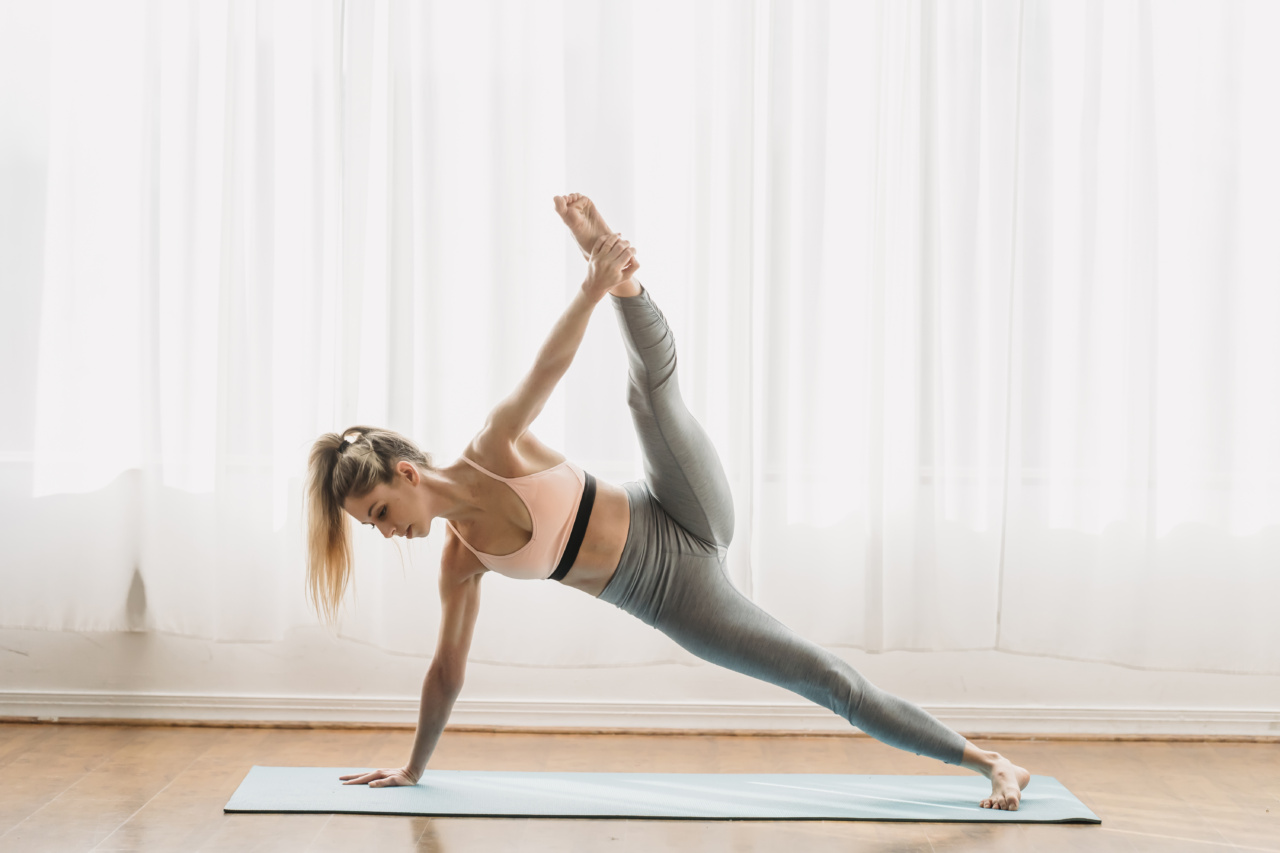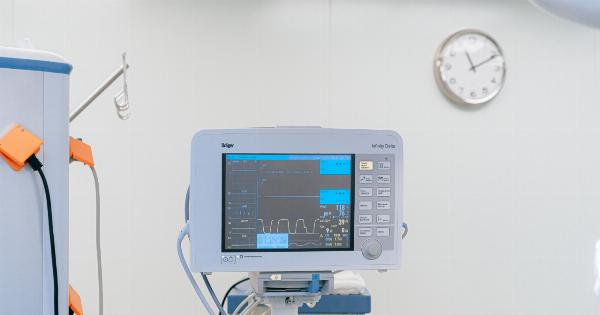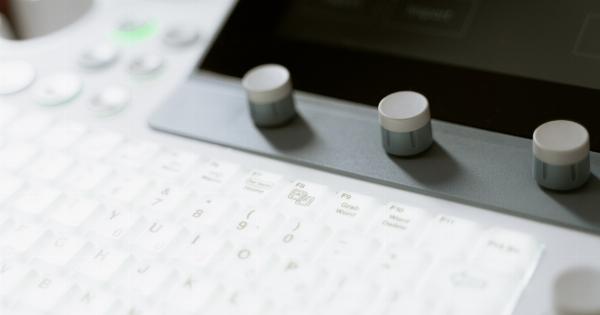When it comes to maximizing your workout performance, you may consider various factors such as exercise selection, intensity, rest periods, and nutrition. However, one crucial element that often goes unnoticed is proper breathing technique.
The way you breathe during exercise can significantly impact your ability to perform and your overall results. In this article, we will explore the importance of mindful breathing and how it affects your workout.
1. Oxygenation and Energy Production
Oxygen is vital for energy production in the body. During exercise, your muscles require an increased supply of oxygen to sustain the physical effort.
Proper breathing ensures that your body receives an adequate amount of oxygen to meet the demands of your workout. When you breathe deeply and efficiently, your lungs receive more oxygen, which is then transported to your muscles through the bloodstream. This oxygen-rich blood fuels the energy production process, helping you perform at your best.
2. Enhancing Endurance and Stamina
Inadequate breathing can lead to feelings of fatigue and reduced endurance during exercise. When you don’t focus on your breath, you may take quick, shallow breaths, limiting the amount of oxygen that reaches your muscles.
Insufficient oxygen supply can cause you to tire quickly, affecting your stamina and overall performance. By practicing deep and controlled breathing, you can enhance your endurance, allowing for longer and more intense workouts.
3. Core Activation and Stability
Proper breathing technique is essential for core activation and stability. The muscles of your core, including the diaphragm, play a crucial role in maintaining a stable and balanced body during exercise.
Deep diaphragmatic breathing helps engage and strengthen these muscles, giving you greater control over your movements and stability. By focusing on your breath, you promote a strong and stable core, enhancing your workout performance and reducing the risk of injuries.
4. Reducing Stress and Increasing Mindfulness
Exercise is not just about physical exertion; it also impacts your mental well-being. Mindful breathing during workouts can help reduce stress and increase mindfulness.
As you concentrate on your breath, you bring your attention to the present moment, allowing you to let go of distractions and worries. Deep breathing activates the parasympathetic nervous system, which promotes a sense of calm and relaxation. By incorporating mindful breathing into your workout routine, you can enhance the mental benefits of exercise.
5. Improving Focus and Concentration
Breathing exercises have long been used to improve focus and concentration. The same applies to your workouts.
When you pay attention to your breath and engage in deep breathing patterns, you bring your awareness to each movement and muscle group, heightening your concentration. By focusing on the present moment, you can improve your mind-muscle connection and optimize your exercise technique. Improved focus translates into better form, increased efficiency, and overall enhanced results.
6. Controlling Heart Rate and Recovery
Breathing is closely connected to your heart rate and recovery. When you engage in slow, deep breathing, your heart rate gradually slows down, promoting a state of relaxation.
Controlled breathing techniques, such as diaphragmatic breathing, can help you regulate your heart rate during exercise. Slowing down your breathing can also aid in the recovery process by reducing muscle tension and promoting a faster restoration of oxygen levels in your body.
7. Preventing Hyperventilation and Dizziness
Improper breathing during exercise can lead to hyperventilation and dizziness. When you take rapid and shallow breaths, you disrupt the balance of carbon dioxide and oxygen in your body. This can cause dizziness, lightheadedness, and even panic.
By practicing mindful breathing techniques, you can avoid hyperventilation episodes and promote a steady flow of oxygen and carbon dioxide in your system. This ensures a more comfortable and enjoyable workout experience.
8. Finding Your Rhythm and Tempo
Every individual has a unique rhythm and tempo when it comes to breathing. Discovering your natural breathing pattern during exercise can help you optimize your performance.
Pay attention to the pace and timing of your breaths as they synchronize with your movements. When you find your optimal breathing rhythm, you can enhance your overall coordination, preserve energy, and maintain a steady effort throughout your workout.
9. Integrating Breathing Techniques with Different Exercises
Proper breathing techniques may vary depending on the type of exercise you are performing. Here are a few general guidelines:.
a. Resistance Training:
During resistance exercises (such as weightlifting), exhale during the exertion phase (lifting), and inhale during the eccentric phase (lowering the weight). This technique helps stabilize your core and maintain control throughout the movement.
b. Cardiovascular Exercise:
For cardiovascular exercises (such as running or cycling), focus on rhythmic and consistent breathing. Aim for deep breaths in through your nose and out through your mouth, establishing a pattern that suits your intensity level and pace.
c. Yoga and Pilates:
In practices like yoga and Pilates, proper breathing is emphasized to enhance relaxation and fluidity of movements. Follow the guidance of your instructor and focus on diaphragmatic breathing to fully engage your core and promote mind-body connection.
10. Practicing Breathing Exercises
To improve your breathing technique and reap the benefits during your workouts, you can practice specific breathing exercises outside of the gym. Here are a few exercises to get started:.
a. Diaphragmatic Breathing:
Lie down on your back with your knees bent and feet flat on the ground. Place one hand on your chest and the other on your belly. Breathe in through your nose, allowing your belly to rise as you fill your lungs with air.
Exhale through your mouth, letting your belly deflate. Focus on making your belly hand rise and fall more than your chest hand, indicating deep diaphragmatic breathing.
b. Box Breathing:
Sit in a comfortable position and begin by exhaling all the air from your lungs. Inhale deeply through your nose for a count of four. Hold your breath for a count of four. Exhale slowly through your mouth for a count of four.
Hold your breath again for a count of four. Repeat this pattern several times, focusing on slow and controlled breaths.
c. Ratio Breathing:
This technique involves adjusting the length of your inhalation and exhalation. Start by inhaling for a count of three, then exhale for a count of six. Gradually increase the ratio, such as inhaling for four counts and exhaling for eight counts.
Aim for a smooth and steady breath throughout the exercise.
Conclusion
Breathing is a powerful tool that can enhance every aspect of your workout routine.
By paying attention to your breath and practicing proper breathing techniques, you can maximize your performance, improve endurance, reduce stress, and increase mindfulness. Remember that breathing is not just a necessity, but also a way to connect your mind and body, creating a holistic exercise experience.






























